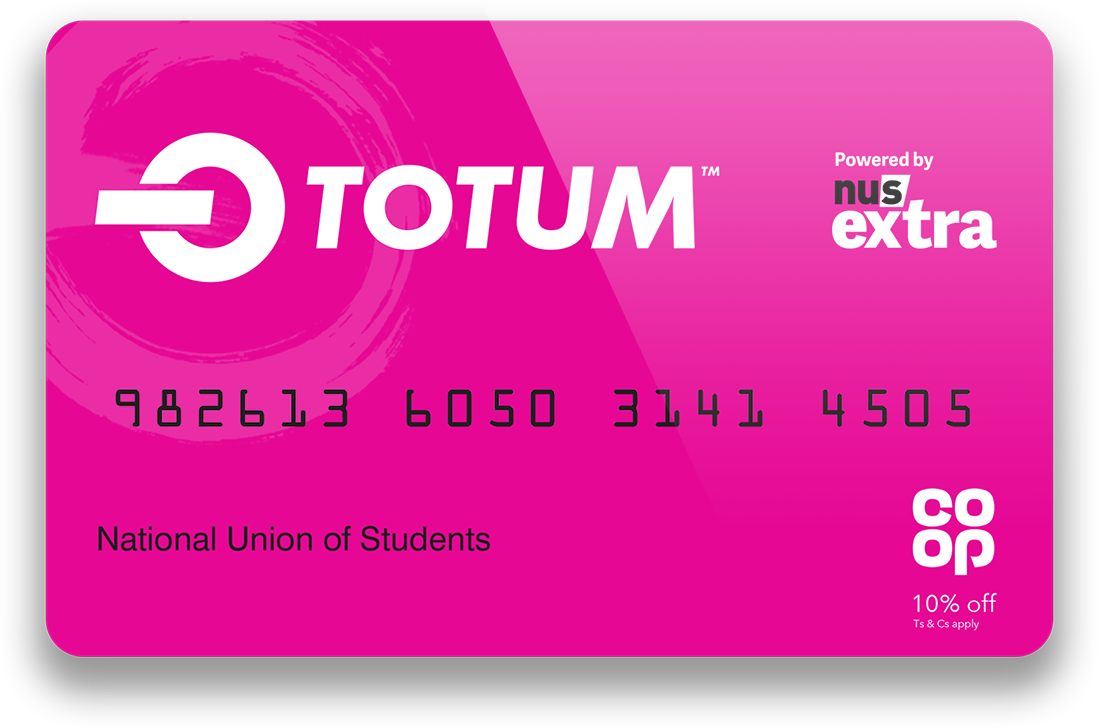
Managing Classroom Behaviour
While a classroom of children who behaved all the time would be ideal, it is unlikely that problems won’t occur. Discover how to deal with behaviour appropriately…
If a pupil is misbehaving in your lesson, whether you’re a primary or secondary school teacher, they’re likely to be doing so for one of two reasons:
- they’re bored – they don’t find the lesson content stimulating enough
- they’re struggling – they’re finding the work difficult and are creating a distraction.
It’s important to remember that bad behaviour is very rarely a personal attack on your capabilities. However, how you manage classroom behaviour will determine how you develop as a teacher.
Many teachers use web-based classroom apps to track their pupils’ progress, keep parents informed of their child’s achievements and introduce a competitive element to good behaviour. This is good way to record what’s happening during the day but also makes the children aware that they are accountable for what they do.
Establish ground rules
The most important rule is to be consistent in how you deal with your pupils. Praise and reward good behaviour and refuse to tolerate troublemakers. If your class can see that you’re firm in your discipline, they’re less likely to challenge your rules.
This is an effective behaviour management strategy if you can establish yourself and your ground rules from the beginning of the year. The following tips will keep your class engaged and responding respectfully to your position of authority:
- Be proactive, not reactive – a proactive teacher has strategies and solutions in place for children who misbehave and is unwavering in implementing them. Reactive teachers, on the other hand, wait for confrontation to arise to work out how they’ll deal with it. Being proactive can diffuse a situation seamlessly; being reactive leaves you in a vulnerable position if the situation escalates.
- Watch your language – small changes to the way you address your pupils can add impact to what you’re saying. Questions can be substituted for assumptions and statements to reduce the risk of a child challenging your commands. ‘Thank you for doing xyz’ is more effective than ‘Can you do xyz?’, for example. By expressing gratitude for their work, you’ll be bridging the gap between student and teacher.
- Reward their cooperation – it’s imperative to make sure that classroom expectations are made clear, and when these expectations are being met, praise your students regularly. Consistent praise and highlighting ‘exemplar’ pupil behaviour helps boost pupil confidence as you’re recognising those who are putting in the hard work, but also encouraging other pupils to be at the same level of engagement as their peers.
Build positive relationships
While it’s important to be firm in establishing your ground rules, it’s equally important to strike the balance between being a good leader and being personable. Building positive relationships with your pupils will ensure they don’t feel they’re being spoken down to. Mutual respect is vital to a harmonious classroom.
You’ll be able to dispel behaviour issues more quickly if you can earn this respect from the outset. You should aim to build positive relationships with the young people you’re working with quickly – learn their names, show an interest in them and respond to them dutifully.
It can be easy to become annoyed after a lesson with one or two misbehaving pupils and forget that there were 16 others behaving well. The more you divert your attention from negative behaviour and praise or encourage those doing the right thing, the more others follow their example to receive the same attention. Focus on the positives to create a positive environment for everyone.
Use your body language
Nonverbal communication is a crucial aspect of successful classroom behaviour management. Research has shown that, in trying to convey a message, how you put your point across carries much more significance than the point itself.
As a teacher, you can use body language to show your students that you’re approachable, you support their learning and that you aren’t posing a threat for them to act out against. While earning their trust, mastering good body language also gives you command of the classroom.
You’ll need a positive, open body language when building a rapport with pupils. This can be achieved in a number of ways:
- Adopting a confident stance shows your pupils that you’re in control of the lesson.
- Smiling, using animated facial expressions and being enthusiastic communicates the message that the lesson content is exciting and worth engaging with.
- Circulating around the classroom will show that you’re considerate of every pupil in the class.
As well as practising positive body language, it’s important to unlearn habits that will present yourself negatively to your pupils:
- Negative facial expressions, such as wide eyes and extended eye contact, can stimulate feelings of intimidation and fear, especially in more reserved children.
- Crossing your arms may appear hostile, and closes you off to connecting with your pupils.
- Weak posture signifies one of two things: either you’re lacking confidence and belief in your own lessons, or you’re disinterested in what you’re teaching. Your pupils will pick up on this and are less likely to respect you as a leader.
By making these adjustments, your students will be more likely to engage with what you’re teaching and less likely to act out through lack of stimulation.
Attribution: Rachel Swain, Prospects, December 2023
Showing all 5 results
Instant access to our online virtual learning environment
- 1
Enrolment fee includes everything,there are no hidden charges
- 2
Instant Enrolment - Registration on our Student Portal
- 3
Enrol for just £35 deposit
- 4
Full 100% refund if you're not happy with the course*
- 5
Dedicated tutors are available from 9am to 4pm Monday to Friday
- 6
Tutor Department open all year except Christmas)
- 7
Friendly and helpful student support staff
Why choose us?
- Method: Study at home
- Start time: Anytime
- Course length: 12 Month
Summary:
A truly valuable and rewarding choice, the Higher Level Teaching Assistant course is perfectly suited to those seeking a career focused on developing young minds in the classroom.
- Method: Home Study + Placement
- Start time: Anytime
- Course length: 12 Month
Summary:
The course also helps to further develop professional and technical skills and knowledge, and aims to deliver an understanding of the importance of positive relationships within a school.
- Method: Home Study + Placement
- Start time: Anytime
- Course length: 12 Month
Summary:
The Level 3 Certificate in Supporting Teaching and Learning in Schools course is ideal for those who are already working in a support role in a school, or those who are wanting to seek employment in this area.
- Method: Home Study + Placement
- Start time: Anytime
- Course length: 13 Month
Summary:
The Level 4 Certificate for Higher Level Teaching Assistants (RQF) is a brand new qualification which will provide students with extensive knowledge and skills to further their career as a teaching assistant.
- Method: Study at home
- Start time: Anytime
- Course length: 12 Month
Summary:
Do you want to make a difference and follow a highly rewarding and fulfilling new career at the same time? Do you have a passion to help those who are seen to be different?












